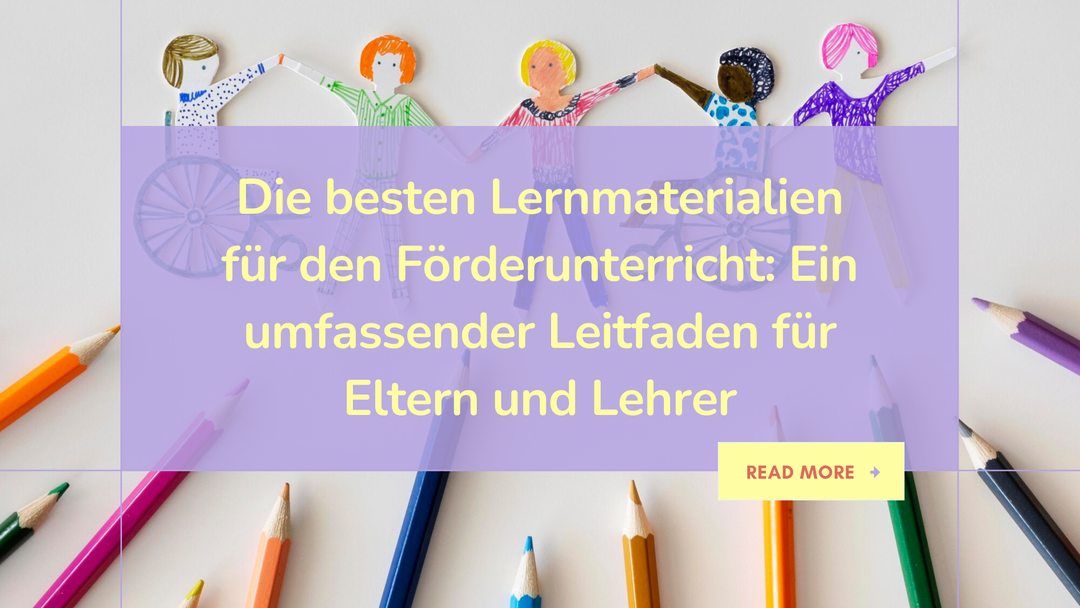Help with numeracy problems - math educational toys
Some parents already notice in preschool that their children have a hard time understanding mathematics. At this age, a possible learning disability first manifests itself in the fact that the child is not interested in numbers. Terms such as earlier and later, more and less or the concept of reading clocks will not be accessible to your child. Of course, none of this has to mean anything and with some children it only “clicks” in elementary school. But if your child is still noticeable, then you should pay attention, because there could be dyscalculia.
Typical symptoms of dyscalculia
- As you anticipate your child, you have a feeling that Calculation rules not understood but the child memorized knowledge reproduces. This also works wonderfully in the small number range, so that a weakness in arithmetic often only becomes apparent in the number range up to 100.
- The child counts instead of calculating. At the very beginning it may still be legitimate to use your fingers for arithmetic. But if your child doesn’t put these arithmetic aids down soon, they’re not calculating, but counting. These children are also noticeable for the first time in the larger number ranges, because we simply don't have that many fingers to calculate 56 + 78.
- Your child is calculating very slowly. This is also typical for a dyscalculia child: the right solution will come up at some point, but it can take time.
- Number rotator: 46 or 64 oh, who takes that so seriously? Not a child with a numeracy problem. Many typical mistakes arise simply because the child swaps ones and tens or mixes up arithmetic symbols when carrying over. The 6 and 9 are also often swapped. If this happens frequently, you should pay attention.
- Children with dyscalculia can count forwards quite well, but backwards it becomes difficult. Naming the neighboring numbers or the neighboring tens is also a challenge. You simply did not understand the number system in order to be able to solve this problem. Difficulties also arise when shopping or reading the watch.
Here's how you can help
Practice with suitable learning aids that give the child plastic access to numbers.
That Natureich - Learning numbers from 1-10 - Montessori math toysillustrates our decimal system, in which every number is always one greater than the next. This is great for practicing.
Natureich - Learn Numbers 1-100 - Montessori Math Puzzle helps children to make the order of the numbers tangible. The children arrange the numbers and can experience them in a completely different way and understand them in the truest sense of the word.










Leave a comment